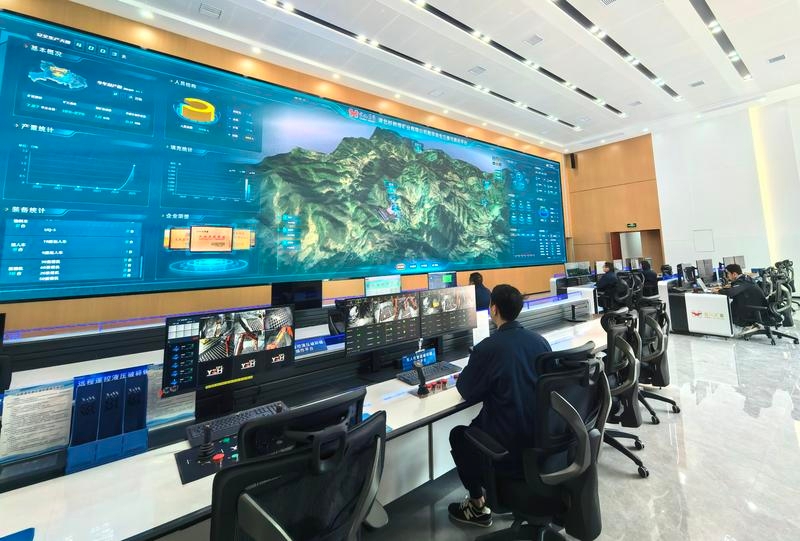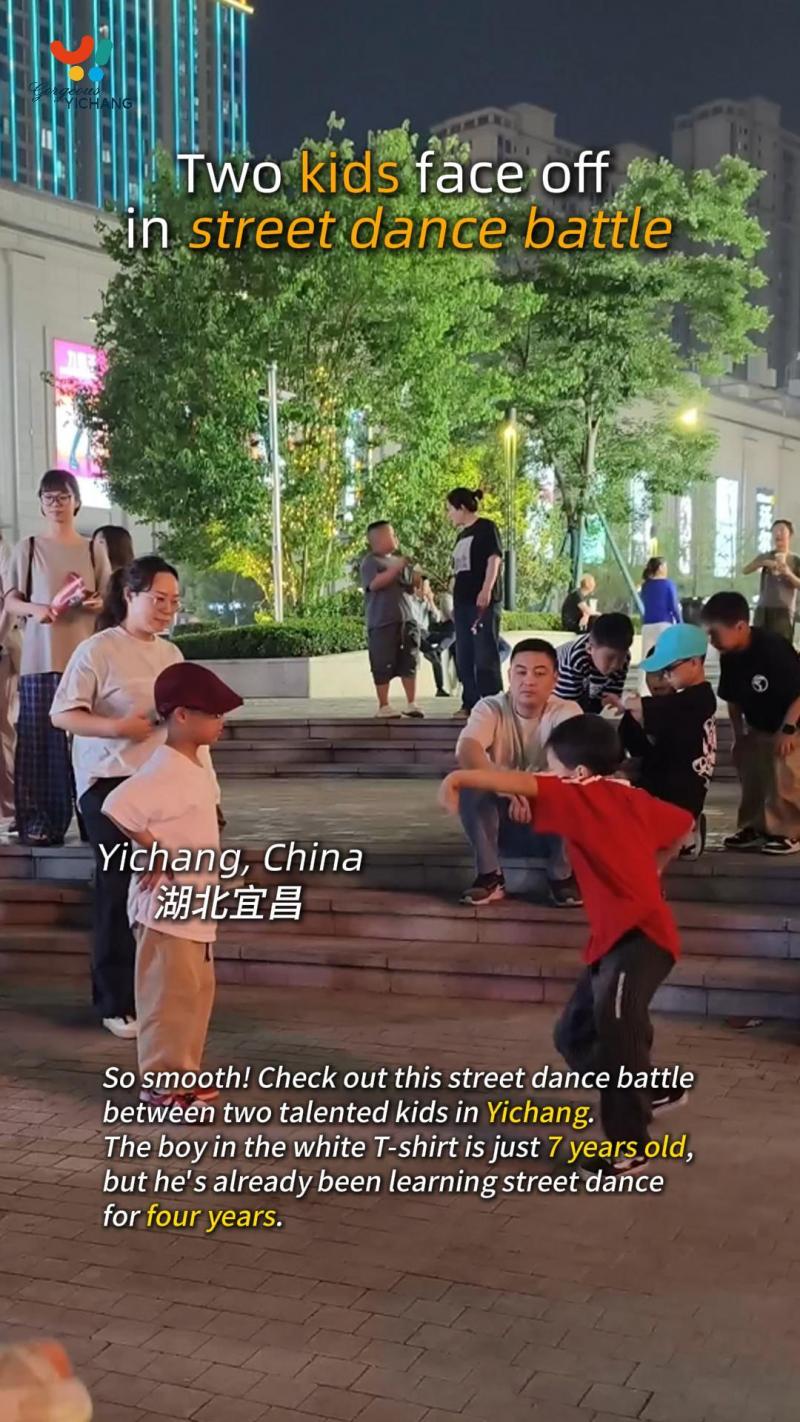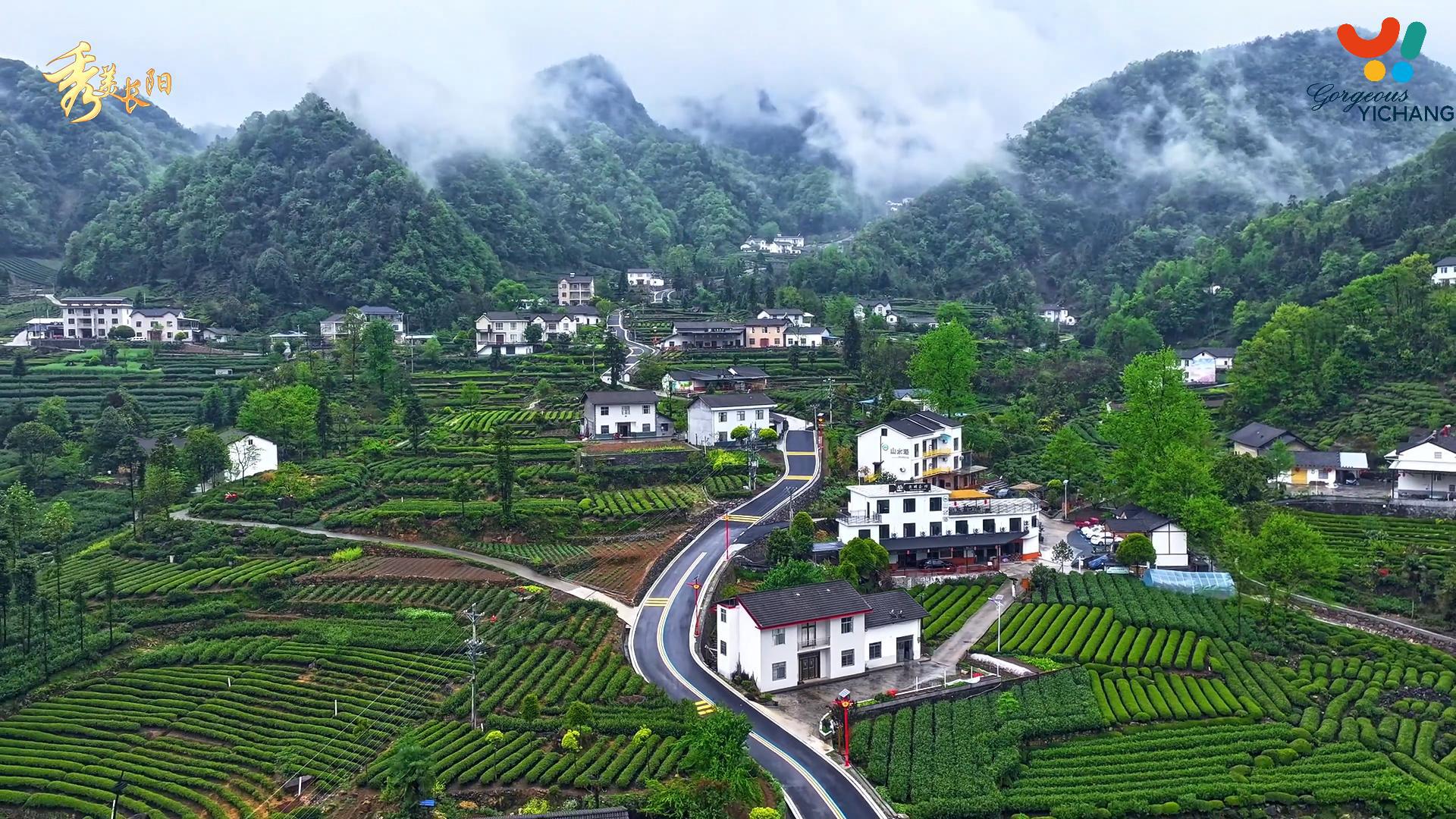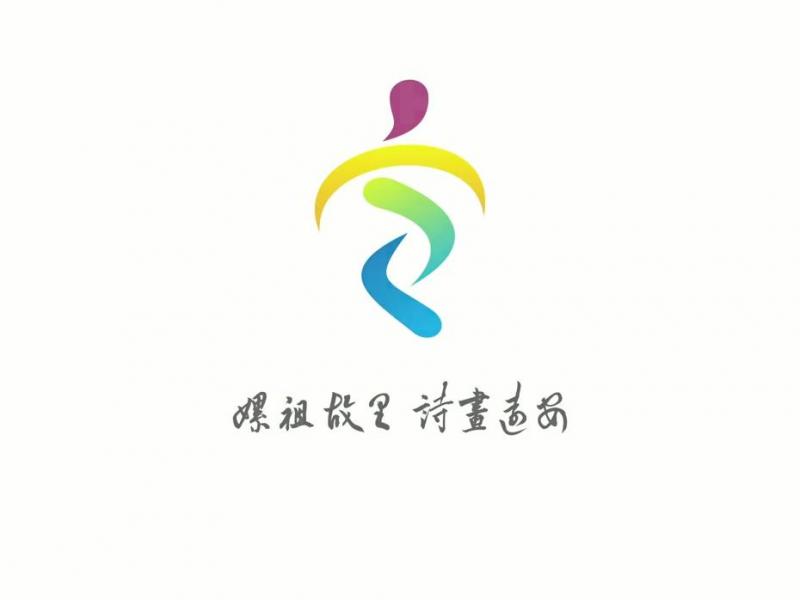Technologies help build safer, smarter, greener phosphate mine
2025-03-24 19:03:28
By Chen Si.
Yihua Group’s Shanshuya Mine is utilizing AI, robots, and advanced technologies to create a safer, smarter, and greener phosphate mining operation.
 Workers are operating the smart mining system at the Shanshuya Mine.
Workers are operating the smart mining system at the Shanshuya Mine.
Photo by Zhao Jingyi
The underground 5G private network serves as the “neural network” of the smart mine system, enabling real-time identification of underground equipment and personnel. It continuously updates data on rock drilling, environmental monitoring, and tunnel ventilation.
“It can communicate information in real-time, which improves the efficiency of traditional safety control and production scheduling by 40 percent,” said Yang Youcai, director of the Shanshuya Mine, a medium and low-grade phosphate mine in Yichang City.
The mine is training an AI application to recognize various failure scenarios, while deploying smart robots to take over crushing hammer operations from human workers.
“I used to manually operate the crushing hammer underground and ‘eat the dust’; now I sit in the central control room to operate it remotely. Very soon, the smart robot will be on duty,” said operator Ma Zan, who is transitioning to an equipment maintenance engineer role.
In the underground power distribution room, a rail-hanging robot patrols the rails 24/7, relaying temperature and humidity data to the central control center in real-time. The robot employs AI imaging and infrared recognition technologies to accurately locate hidden equipment and failure points, providing timely alerts.
“The smart mine integrated control platform has an investment of nearly 30 million yuan (US$4.13 million). It is the hub of the mine, creating favorable conditions for safe and efficient mining,” Yang said.
As a medium and low-grade phosphate mine, Shanshuya is seeking more efficient ore dressing methods to enhance output. Traditional methods have often misclassified useful ore as waste, exacerbating sustainability challenges for the local environment.
In 2019, the Shanshuya Ore Dressing Plant pioneered the photoelectric ore dressing process for phosphate mines in China.
This process uses X-rays to scan ores, running the data through an AI algorithm to distinguish phosphorus-containing ores from gravel. A high-speed air jet gun then separates valuable ores from waste.
“Photoelectric sorting is environmentally friendly, requiring a small investment and low energy consumption,” said Chen Junwu, deputy director of the plant.
The integrated phosphorus mining, processing, and loading project at Shanshuya is currently under construction.
“In addition to X-ray scans, the new project will also sort ores using image recognition to further improve accuracy. It will increase the recovery rate of phosphorus ore to more than 90 percent,” said project manager Zhang Haijun.
Zhang noted that with an annual processing capacity of 500,000 tons, the improvements could reduce flotation tailings from phosphorus-containing ore by more than 125,000 tons per year.
Zhao Jingyi contributed to this story.
Yihua Group’s Shanshuya Mine is utilizing AI, robots, and advanced technologies to create a safer, smarter, and greener phosphate mining operation.
 Workers are operating the smart mining system at the Shanshuya Mine.
Workers are operating the smart mining system at the Shanshuya Mine.Photo by Zhao Jingyi
The underground 5G private network serves as the “neural network” of the smart mine system, enabling real-time identification of underground equipment and personnel. It continuously updates data on rock drilling, environmental monitoring, and tunnel ventilation.
“It can communicate information in real-time, which improves the efficiency of traditional safety control and production scheduling by 40 percent,” said Yang Youcai, director of the Shanshuya Mine, a medium and low-grade phosphate mine in Yichang City.
The mine is training an AI application to recognize various failure scenarios, while deploying smart robots to take over crushing hammer operations from human workers.
“I used to manually operate the crushing hammer underground and ‘eat the dust’; now I sit in the central control room to operate it remotely. Very soon, the smart robot will be on duty,” said operator Ma Zan, who is transitioning to an equipment maintenance engineer role.
In the underground power distribution room, a rail-hanging robot patrols the rails 24/7, relaying temperature and humidity data to the central control center in real-time. The robot employs AI imaging and infrared recognition technologies to accurately locate hidden equipment and failure points, providing timely alerts.
“The smart mine integrated control platform has an investment of nearly 30 million yuan (US$4.13 million). It is the hub of the mine, creating favorable conditions for safe and efficient mining,” Yang said.
As a medium and low-grade phosphate mine, Shanshuya is seeking more efficient ore dressing methods to enhance output. Traditional methods have often misclassified useful ore as waste, exacerbating sustainability challenges for the local environment.
In 2019, the Shanshuya Ore Dressing Plant pioneered the photoelectric ore dressing process for phosphate mines in China.
This process uses X-rays to scan ores, running the data through an AI algorithm to distinguish phosphorus-containing ores from gravel. A high-speed air jet gun then separates valuable ores from waste.
“Photoelectric sorting is environmentally friendly, requiring a small investment and low energy consumption,” said Chen Junwu, deputy director of the plant.
The integrated phosphorus mining, processing, and loading project at Shanshuya is currently under construction.
“In addition to X-ray scans, the new project will also sort ores using image recognition to further improve accuracy. It will increase the recovery rate of phosphorus ore to more than 90 percent,” said project manager Zhang Haijun.
Zhang noted that with an annual processing capacity of 500,000 tons, the improvements could reduce flotation tailings from phosphorus-containing ore by more than 125,000 tons per year.
Zhao Jingyi contributed to this story.






